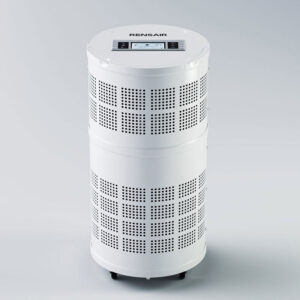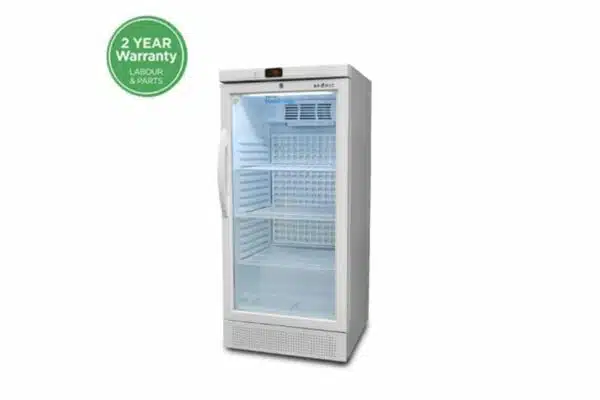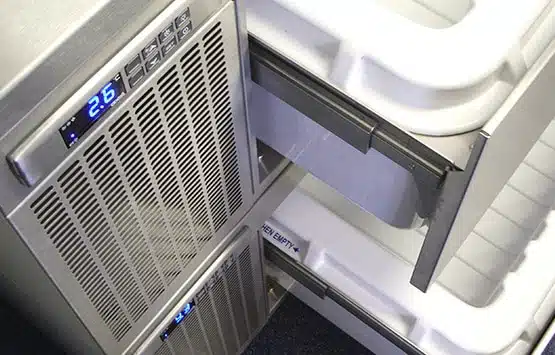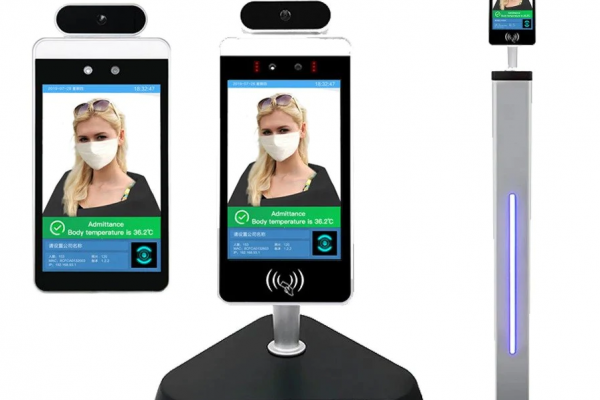Sit-to-stand devices, also known as standing and raising aids, are an important tool for healthcare professionals helping patients or residents with transferring from one seat to another. From the edge of the bed to a wheelchair, or between chairs and commode/shower chairs – these products provide secure transfers while supporting a resident’s upper body. By allowing them to bear some of their own weight, they deliver safe and comfortable movements – hence reducing stress levels not only for residents but also for caregivers who may have to do multiple transfers in a day. Standing and raising aids make daily life easier both for the resident and their caregiver.
The Benefits of standing and raising aids
Manual transfer of a patient poses the potential risk of injury to caregivers¹ and can be avoided through the use of rising or standing aids. These devices reduce the risk of patient falls associated with manual transfers, as well as promote mobility for patients who can aid in or perform some aspects independently.
How to choose a standing and raising aid
Patients and residents have two options for sit-to-stand transfer devices depending on their levels of mobility. Those that are able to stand unaided should utilize a non-powered device, whereas patients or residents who cannot stand but can bear some weight on one leg should use a powered lift. These powered-lifting aids often operate with an electric lifting mechanism run on battery power and feature a hand control with buttons to raise and lower the user. The mechanisms are designed to ensure smooth, fluid movement during the raising and lowering process.
The Weight capacity factor
When selecting an appropriate device, it’s important to consider the weight capacity. Residents in nursing homes or similar care facilities can vary greatly in size and strength, so proper evaluation of the max safe working load is necessary. If heavier patients require treatment, then a device with a higher weight capacity should be taken into consideration.
Portable or non-portability Battery
Portable or non-portable batteries are key features to consider when selecting a lift. A portable battery system enables quick exchange of a dead battery with a fully charged one, and it is typically offered as an option. However, some companies provide it as standard, while those that do not offer this feature usually include the non-portable system instead, which requires direct connection to an outlet for recharging.
The Hand-held controls
Hand-held controls, such as push buttons, provide effortless adjustment of lifting arms. These controls allow for more flexibility during a patient transfer, especially when both a fixed control panel and hand-held control are available the same time.
On top of the device features that you should consider – such as ease of use, maneuverability and comfort – it’s also important to look into service agreements provided by manufacturers that cover spare parts or installations. You won’t want to be caught in an emergency without access to these amenities.
To summarise, while selecting a sit-to-stand device/standing and raising aid, factors like convenience of usage, maneuverability which encourages mobility alongside convenience should be borne in mind.
By taking all these factors into consideration, you can be sure to find Sit-to-Stand Patient Lifters that fits both your requirements and your budget CLICK HERE Interquip Healthcare



















